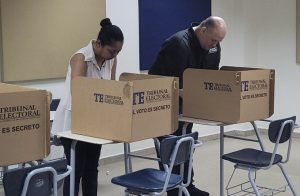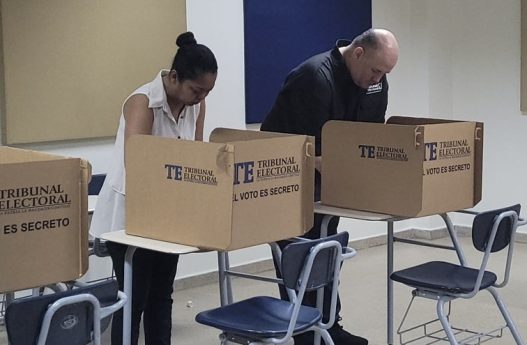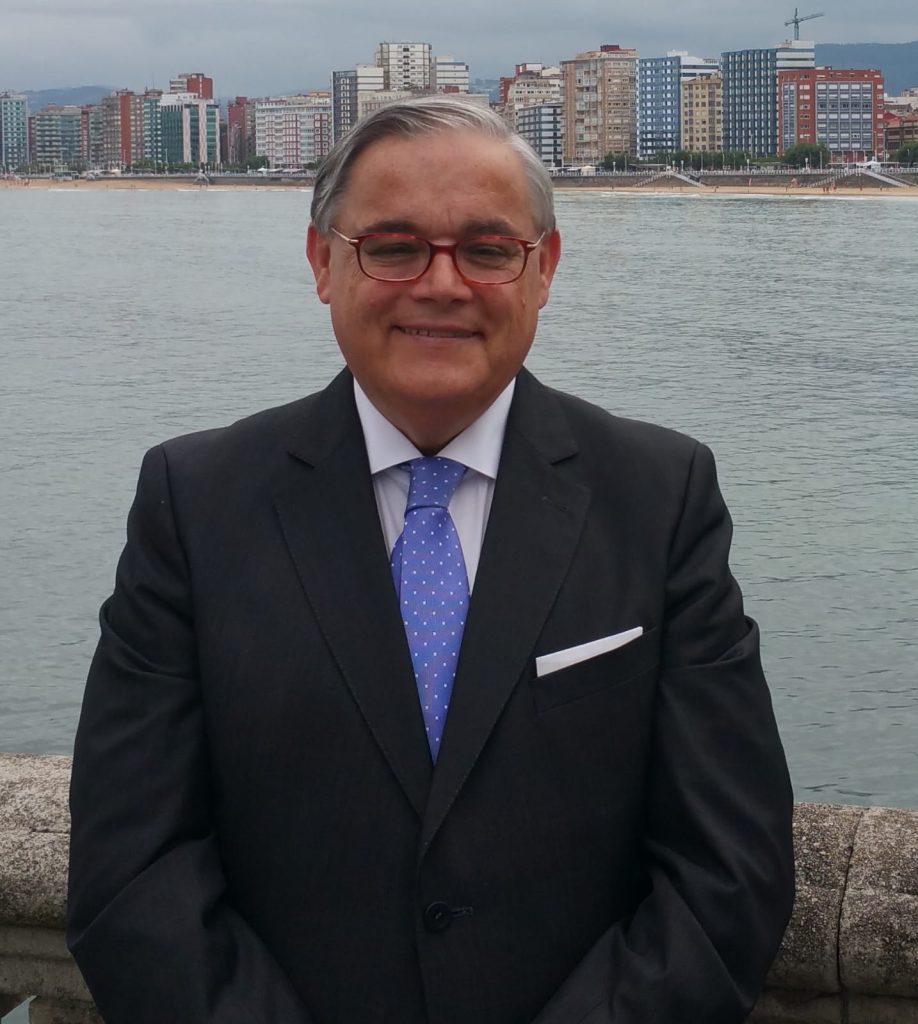
PANAMANIANS GO TO THE POLLS TODAY, MAY 5, 2009
By Ismael Gordón Guerrel / La Estrella de Panamá
After months of family gatherings and debates on who should lead the country, the decisive day has arrived for Panamanians.
Today, May 5, 2024, in a transcendental democratic exercise, citizens will go out to vote to elect those who will take the reins of Panama for the next five years.
The final electoral roll, announced prior to the elections, reveals a total of 3,004,083 citizens eligible to vote, of which 1,511,049 are women and 1,493,034 are men.
A relevant fact is the political affiliation of voters: 1,659,300 citizens are registered in political parties, while 1,344,783 have no party affiliation. This diversity in political preferences reflects the plurality of opinions and the democratic richness of Panama.
Panamanians will elect 865 new authorities. In addition to the President of the Republic, 20 deputies to the Central American Parliament (Parlacen), 71 deputies to the National Assembly will be elected.
Also 81 mayors, 701 township representatives and 11 councilmen, all with their respective alternate, for the constitutional period from July 1, 2024 to June 30, 2029.
Panamanians will have a total of 3,037 voting centers, strategically distributed throughout the country, and 7,577 voting tables will be available to facilitate the electoral process and guarantee a smooth and orderly participation.
In addition, it should be noted that 75,837 voters will vote for the first time in these elections, underscoring the importance of this civic event in the lives of citizens and the commitment of the new generation to the future of the nation.
With all these elements at stake, today’s elections will mark a milestone in Panama’s history, defining the political and social course of the country in the coming years.
The presidential candidates are: José Gabriel Carrizo, of the Partido Revolucionario Democrático (PRD); Rómulo Roux, for the alliance between Cambio Democrático and Partido Panameñista. Martín Torrijos, representing the Partido Popular; Ricardo Lombana, heading the “Movimiento Otro Camino”; Zulay Rodríguez, deputy of the PRD, is running as an independent candidate; Maribel Gordón, university professor, the only representative of the Panamanian left in these elections, and José Raúl Mulino, for the Realizando Metas (RM) and Alianza parties.
The election will be held in a single round and the triumph will be obtained by simple majority. These will be the seventh elections since the US invasion that put an end to the dictatorship of Manuel Antonio Noriega in 1989.
This democratic event will define the succession of the current president, Laurentino Cortizo, in a country where immediate presidential reelection is not allowed. It is noteworthy the historical fact that, in each election, there has been alternation in power, without any ruling party candidate having won the presidential elections in Panama.
In addition to the political context, these elections are taking place at a crucial moment for Panama in social and economic terms. Massive protests against the Panama First Quantum Minerals mining project and growing economic inequality add to concerns about the structural deficit of Panama’s pension system and social security. The migration situation in the Darien Gap, border between Colombia and Panama, is also a topic of debate in the election campaign.
————
This article was originally published in La Estrella de Panamá, with whose authorization we reproduce it here.



